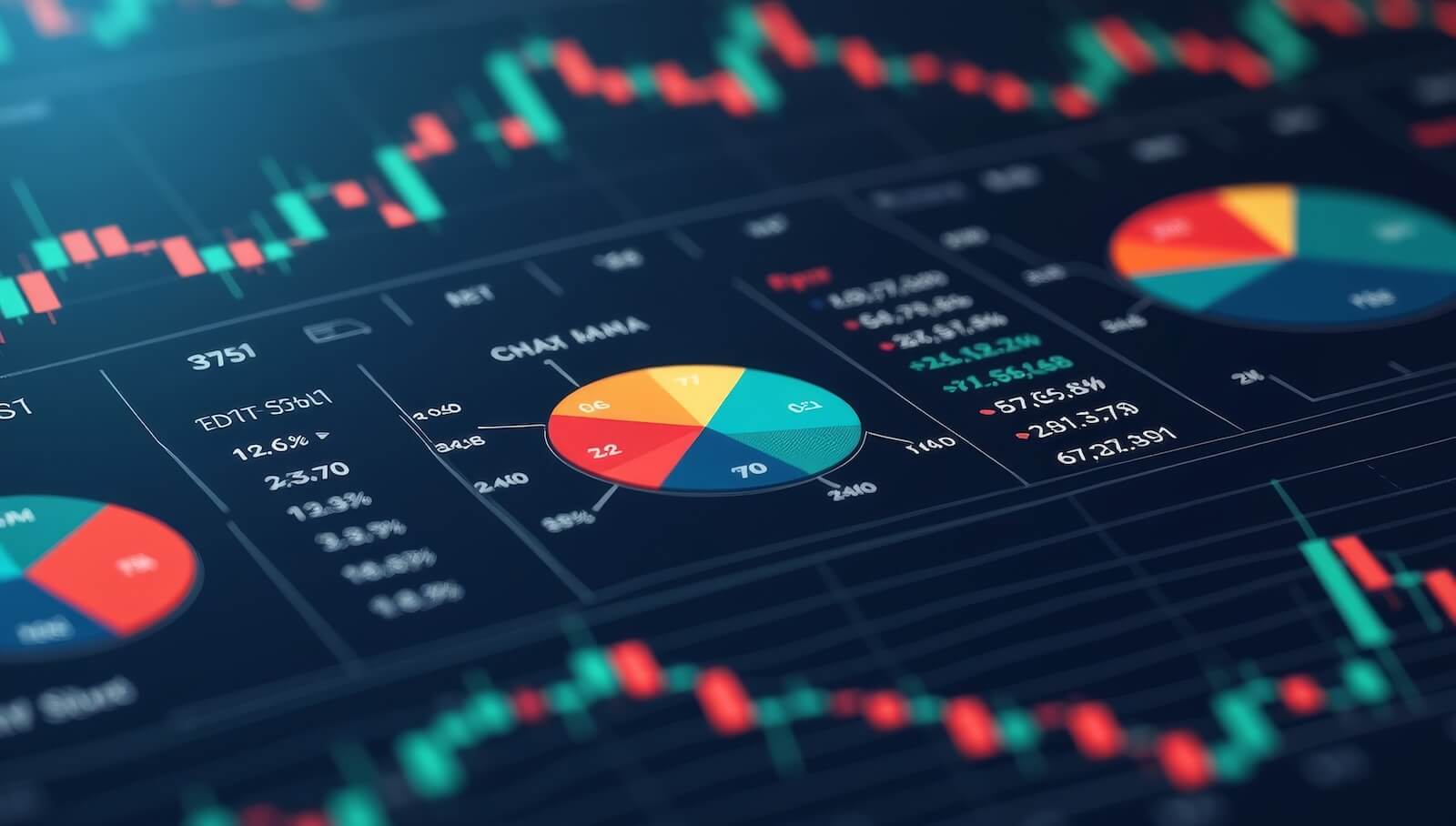Precious Metals And Commodities Starting To Break Down
- Gold leads commodities
- Gold, gold shares and silver complete head and shoulder patterns
- Two confidence ratios are forecasting lower gold prices
- Commodities headed lower
Gold leads commodities
Chart 1 compares the price of gold to commodities in the form of the CRB Composite. The green shaded areas represent rally periods for the CRB. The small green arrows connect the lows in the gold price to the start of the green shading i.e. the beginning of the commodity rally. Green arrows can be seen to exist for most commodity lows, which leads us to the conclusion that gold has a strong tendency to lead commodities. It does not happen every time of course, but we can say that if commodities are declining and gold rallying, the price of the yellow metal may be forecasting an imminent reversal in the former.
In the last few months, gold has been flat and is not forecasting anything. That does not mean that commodities cannot rally, merely that the price of gold is not pointing in that direction. Having said that, it’s time to take a deeper drive into what is actually going on with the price of the yellow metal.

Chart 1
Gold, gold shares and silver complete head and shoulder patterns
Chart 2 shows that the Gold Trust (GLD) has just broken down from a bearish head and shoulders, as well as its 2016-17 up trendline. In addition, the KST has triggered a tentative sell signal. Unless things turn around very quickly, lower prices are likely.

Chart 2
Chart 3 shows a very similar setup for the Market Vectors Gold Miner ETF, the GDX, with a head and shoulders top, an up trendline violation and KST sell signal. Whenever the metal and share prices are in agreement the odds of the signals being valid are usually much greater.

Chart 3
Finally, Chart 4 rounds out the picture with an even weaker silver price, which completed an upward sloping head and shoulders some time ago.

Chart 4
Two confidence ratios are forecasting lower gold prices
Two relationships that have a strong tendency to swing with gold prices are shown in Charts 5 and 6. The first is a ratio between gold shares in the form of the GDX and the GLD itself. Generally speaking, when the shares are out performing the metal, it’s a good sign. That’s because gold equities discount the future average price of gold. The shares are also more leveraged, so they benefit from rallies and suffer more greatly during price setbacks. Chart 5 tells us that this relationship has just broken down from its 2016-17 support trendline. The break is not yet decisive, but the declining peaks since mid-2017 in the face of a stronger gold price offers a negative backdrop.

Chart 5
Chart 6 compares the gold price to the ratio between junior gold (GDXJ) and large gold miners (GDX). The concept behind this arrangement is that during a bull market juniors, being more speculative and leveraged than their “blue chip” counterparts, will rise at a faster pace, and vice versa. The arrows demonstrate the ratio generally leads the gold price. Last week this relationship broke below its 2016-17 up trendline, hinting that it may lead the GLD lower. To some extent, the die may be cast with the rising GLD peaks and the falling ones for the ratio. These have been indicated by the dashed red arrows.

Chart 6
Gold versus bonds and stocks
Gold not only appears to be suffering in its own right, but Charts 7 and 8 tell us that it is likely to under-perform against bonds and stocks. Chart 7, for instance, compares the Gold Trust (GLD) to Barclays 20-year Trust (TLT). For most of 2016 and 2017 this relationship has been in a trading range. In the last few days though, it has started to break below the red trendline that marks the lower end of the range. Since all three KSTs are in a declining mode, the breakout is not only likely to be valid, but eventually to result in a new post 2015 low. Since gold discounts inflation and bonds deflation, this signal is very deflationary in its implications.

Chart 7
Chart 8 compares gold to stocks. Here, we can see that the ratio has recently broken below a key support trendline, implying that gold will continue to under-perform stocks. This break is also being supported by the long and intermediate KSTs. The short-term series is bucking the trend with a small rally, and is the only positive for gold in the chart. However, at this juncture only a rally above the 65-week EMA and green down trendline can reverse the picture to a positive one. That would require a Friday close above .050, which is where both benchmarks are currently residing.

Chart 8
Commodities headed lower
Chart 9 tells us that the DB Commodity ETF, the DBC, has reached a very crucial turning point. As you can see, it recently experienced an upside breakout from its 2015-17 reverse head and shoulders. Following the November buying climax, prices have sold off to the extent that they are now well below the breakout point, strongly suggesting that it was a whipsaw.

Chart 9
Drilling down to more recent price action, Chart 10 shows that the price has just completed a small double top and violated its July-December up trendline. The bearish KST adds to the credibility of these signals.

Chart 10
Good luck and good charting,
Martin J. Pring
The views expressed in this article are those of the author and do not necessarily reflect the position or opinion of Pring Turner Capital Group of Walnut Creek or its affiliates.










